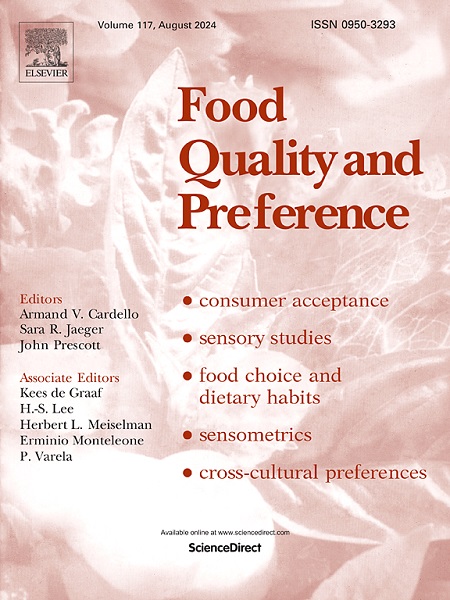Blockchain traceability and agri-food appeal: A task-technology fit perspective
IF 4.9
1区 农林科学
Q1 FOOD SCIENCE & TECHNOLOGY
引用次数: 0
Abstract
Food safety is a worldwide concern, and ensuring traceability within the agricultural supply chain is crucial. To improve the quality of agricultural products, many agribusinesses are implementing blockchain technology for traceability, yet academic research in this area remains sparse. This study employs a mixed-methods approach to investigate how blockchain traceability technology fits with food safety assessment and influences the attractiveness of agri-food. Firstly, we identify the essential features of blockchain traceability technology and the technological concerns that assist consumers in recognizing food safety through interviews conducted with 30 participants. Secondly, drawing from the qualitative insights, we develop a theoretical model based on task-technology fit theory and analyze data from 450 survey respondents to assess how this fit, along with technology concerns, impacts the appeal of agricultural products. Our research offers significant practical insights for the implementation of blockchain traceability technology and the design of traceability interfaces.
求助全文
约1分钟内获得全文
求助全文
来源期刊

Food Quality and Preference
工程技术-食品科技
CiteScore
10.40
自引率
15.10%
发文量
263
审稿时长
38 days
期刊介绍:
Food Quality and Preference is a journal devoted to sensory, consumer and behavioural research in food and non-food products. It publishes original research, critical reviews, and short communications in sensory and consumer science, and sensometrics. In addition, the journal publishes special invited issues on important timely topics and from relevant conferences. These are aimed at bridging the gap between research and application, bringing together authors and readers in consumer and market research, sensory science, sensometrics and sensory evaluation, nutrition and food choice, as well as food research, product development and sensory quality assurance. Submissions to Food Quality and Preference are limited to papers that include some form of human measurement; papers that are limited to physical/chemical measures or the routine application of sensory, consumer or econometric analysis will not be considered unless they specifically make a novel scientific contribution in line with the journal''s coverage as outlined below.
 求助内容:
求助内容: 应助结果提醒方式:
应助结果提醒方式:


